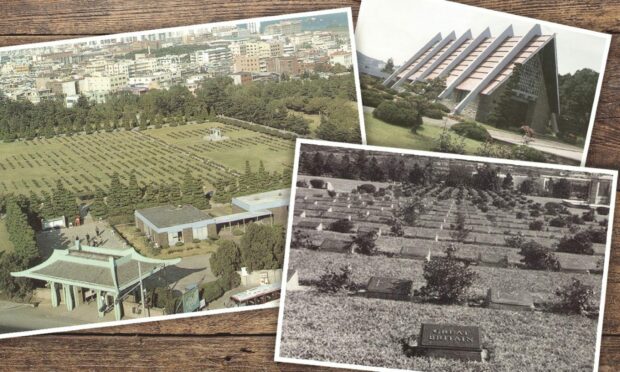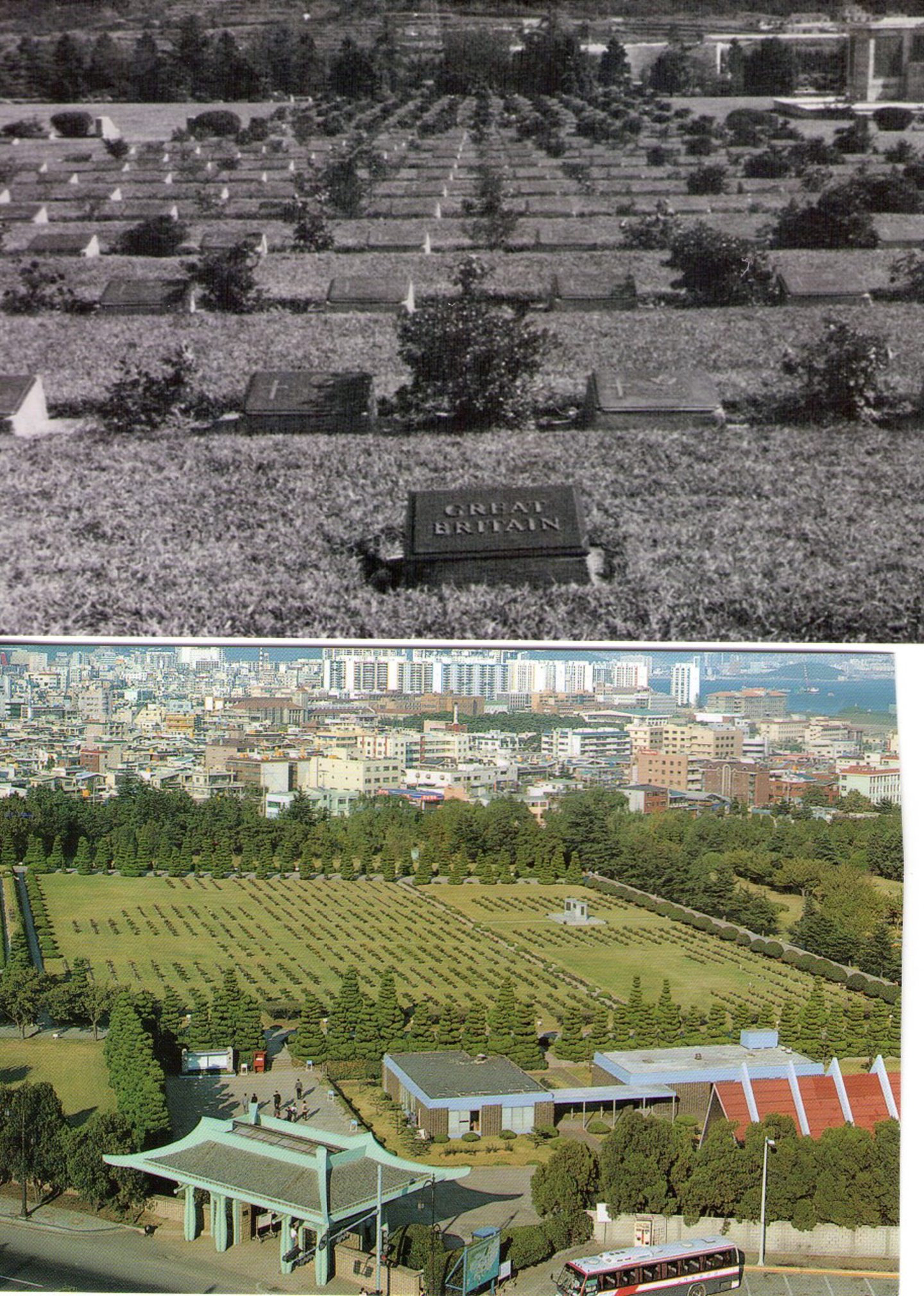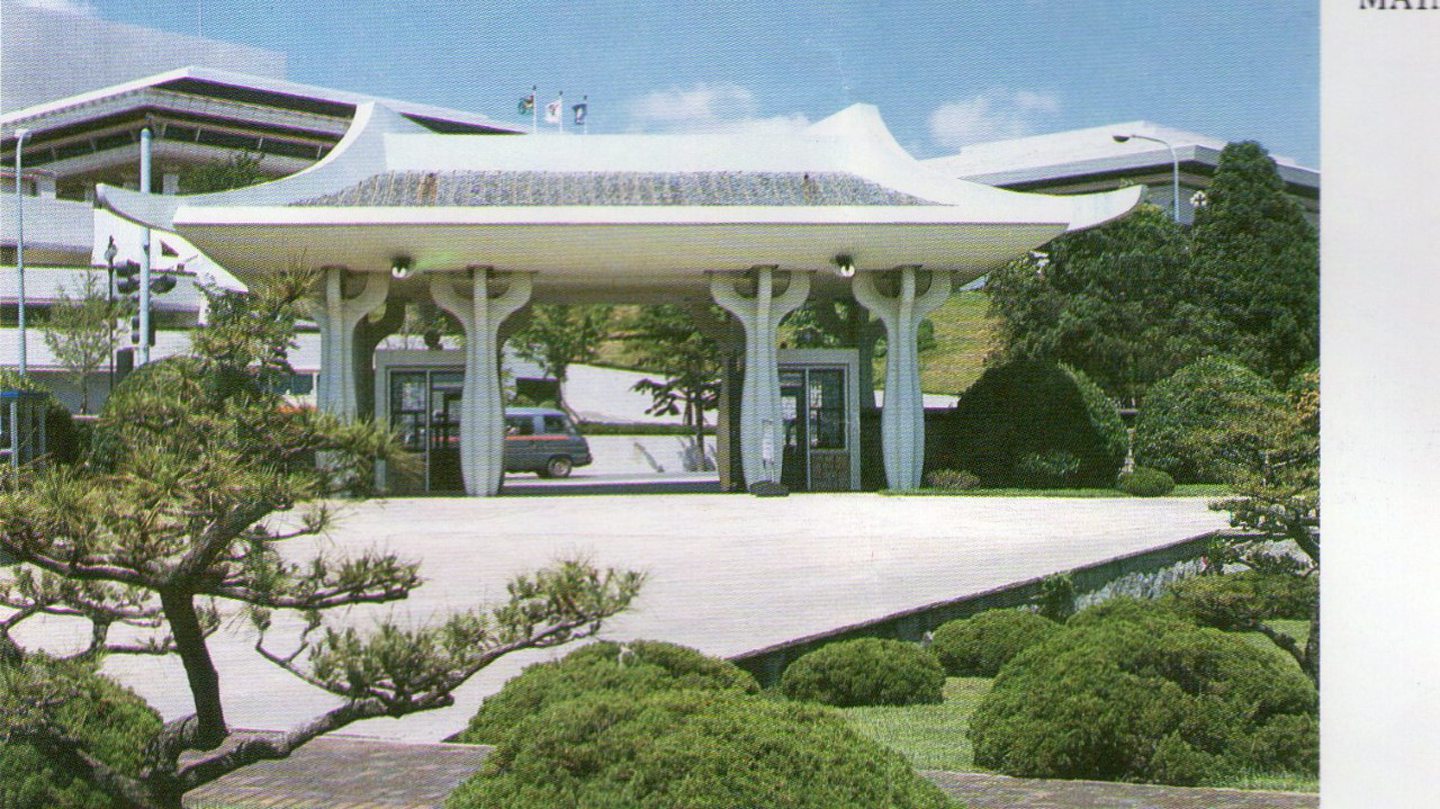The names of the dead are listed neatly as you might expect in a military formation: page after page of north-east Scots who served their country during the Korean war and never came home.
The hostilities erupted after North Korea, supported by China and the Soviet Union, invaded its southern neighbour in June 1950, which led to the latter being backed by the United Nations and, principally, the United States as the conflict intensified.
And, with the Iron Curtain having descended at the end of the Second World War, there was never any prospect of the fighting being contained to Korean troops.
Instead, soldiers from every part of the world were soon embroiled in a brutal series of battles which often dragged on for months with heavy losses on both sides and led to the deaths of as many as three million people, including huge numbers of civilians.
The fighting was one of the worst chapters of the Cold War.
And many of those who succumbed before the ceasefire was finally signed in July 1953 were Scots.
There’s Alexander Leslie and Kenneth Murray from Aberdeen, Thomas Campbell from Crossford, Arthur Buchan from Fraserburgh and Robert Rennie from Turriff.
Then, the next few lines detail the passing during the conflict of Dundee men Kenneth Ford, John Murphy, Hugh Cox, Robert Kemp, Roy England, Jack Nixon, Albert Lorimer, Robert Stark and Alexander Ramsay.
Those from Fife who died in Korea include Robert Easton and William Kirk, both from Kelty, John Braid from Kinghorn, John Reekie from Kinglassie, Peter Cunningham from Methil and Thomas Philp from Upper Largo.
The losses were considerable in Korea
Some of the other victims were James Butler from Nairn, John Farquhar and George Hadden, both from Elgin, Stewart Sutherland from Blairgowrie, and the Perth duo Alexander McIntosh and James Livingstone.
Almost no part of Scotland did not suffer loss as the hostilities continued and communities which had already faced grievous privations during the Second World War were once again in mourning for their lost boys on foreign fields.
But even now, 70 years later, the UN is determined to preserve these soldiers’ memory and ensure that their families can commemorate their sacrifice properly.
Brian Hough has been involved with the United Nations Memorial Cemetery (UNMCK) for nearly 20 years and has worked tirelessly to track down details of the British soldiers interred at the cemetery in Busan, the second largest city in South Korea.
He and his colleagues are determined to find images of all those who died in the 1950s and he told the Press & Journal why it was a campaign so close to his heart.
He said: As the national recruitment officer for the British Korean Veterans Association, I was approached by the authorities [at the Busan cemetery] asking for photographs of British servicemen killed in Korea.
It seemed a long shot at the start
“The reason for this was that the Korean people had built a memorial hall within the cemetery in honour of the British forces and photographs would be placed both in the man’s records and displayed on the walls of the Hall of Remembrance.
“Given the fact, some 1,200 British lives were lost in Korea and the [initial] request was 50 years after the ceasefire, my first thoughts were ‘impossible’ – but let’s have a go.”
Mr Hough explained: “I compiled a list of all newspapers across the UK and I have written to them in different areas of the country every week.
“From believing it to be an impossible task, I am pleased to say I have now been able to send over 400 photographs of individuals to the authorities at the UNMCK in Busan, which is the only United Nations war cemetery in the world.”
However, as he stressed, the work continues and his objective is to track down the families of any of the soldiers listed above in an effort to add more photos to the memorial.
But he can’t carry on that ambition without the assistance of readers.
As he concluded: “Any family or friend, who lost a loved one in the Korean War and wish to take part in this project can send the photograph to me.
“If more details are required, you can email me at bhough166@gmail.com.”
It’s a war which happened decades ago, but it claimed a heavy toll.
Mr Hough has made it his mission to ensure that those who died in Korea are paid due respect.




Conversation